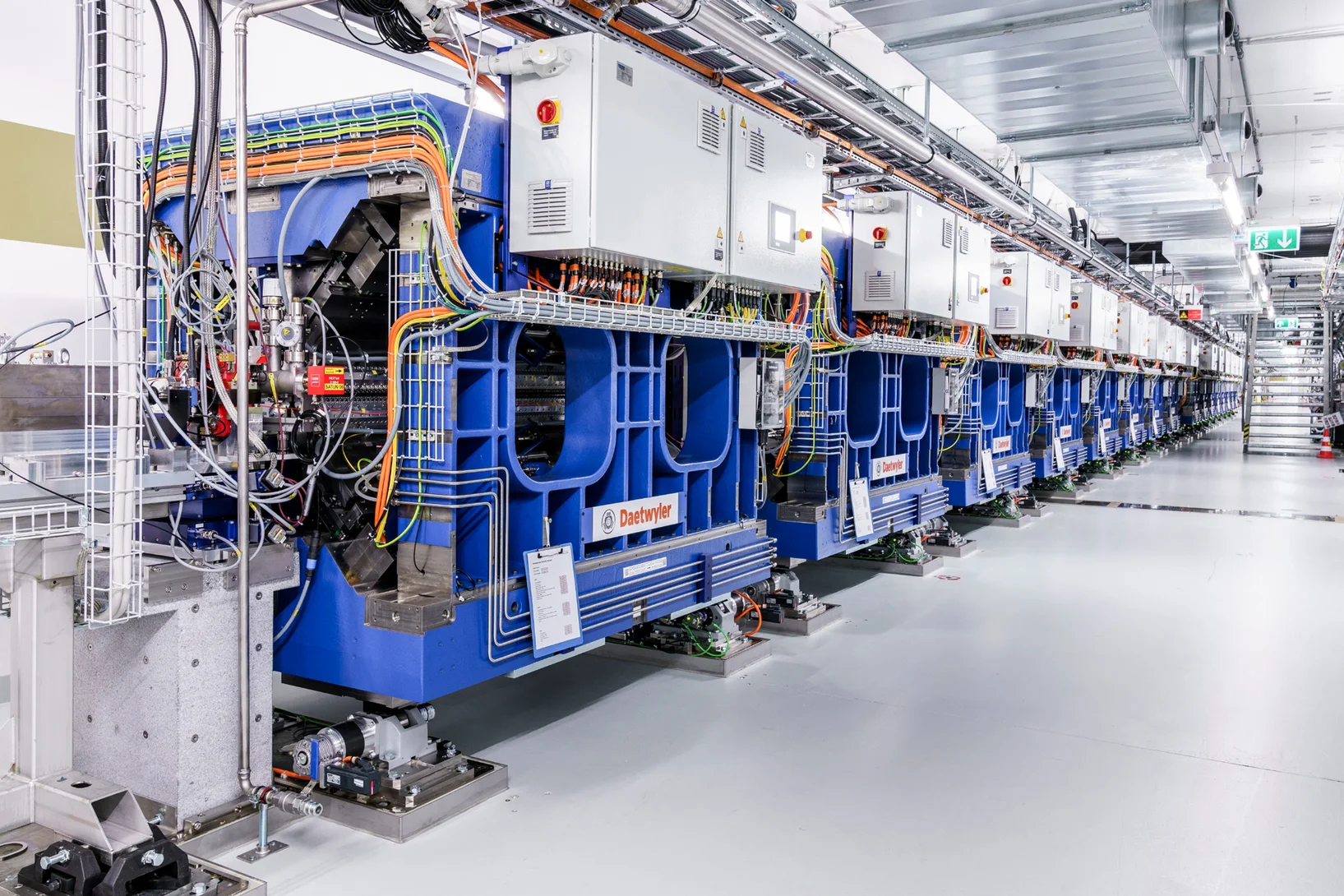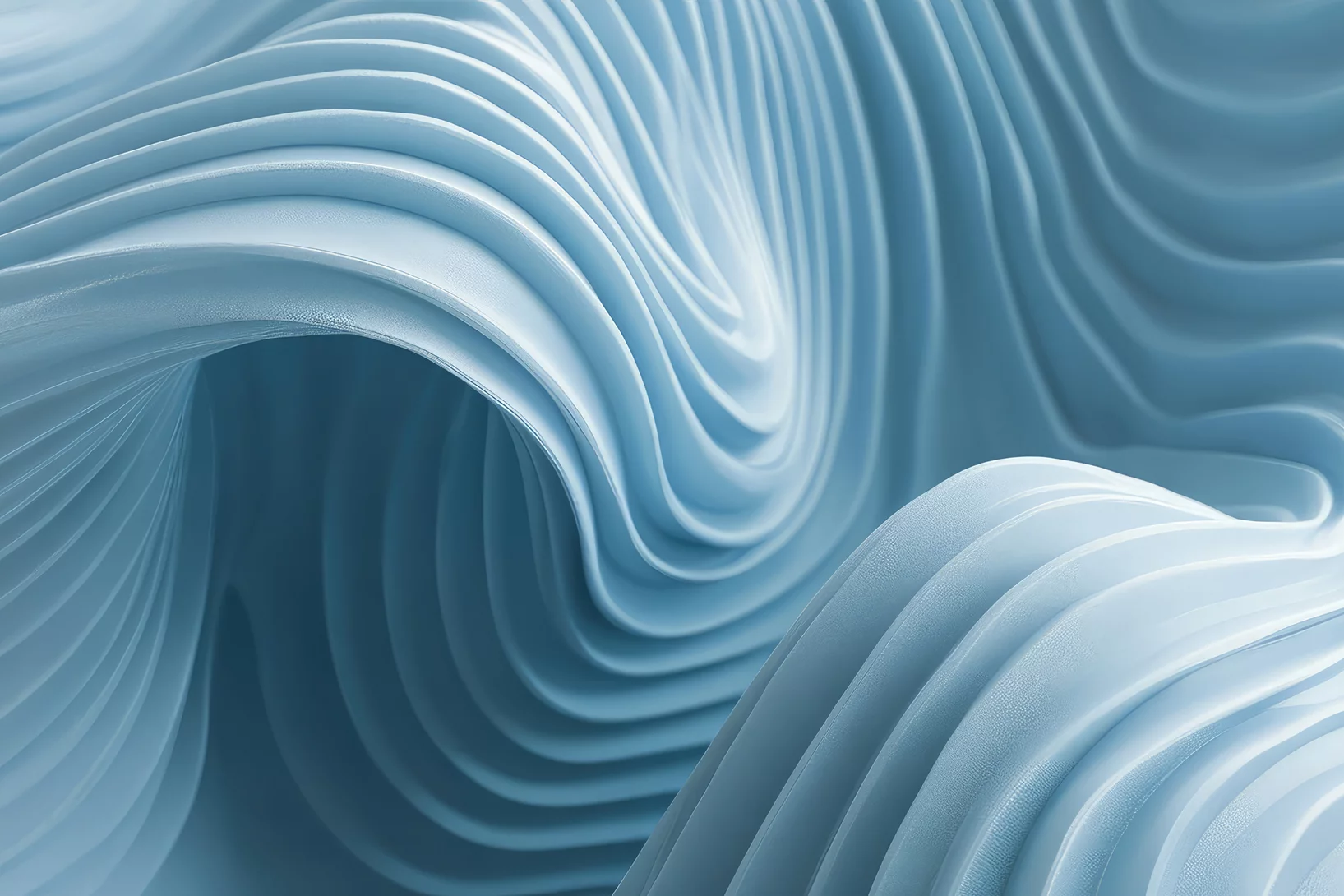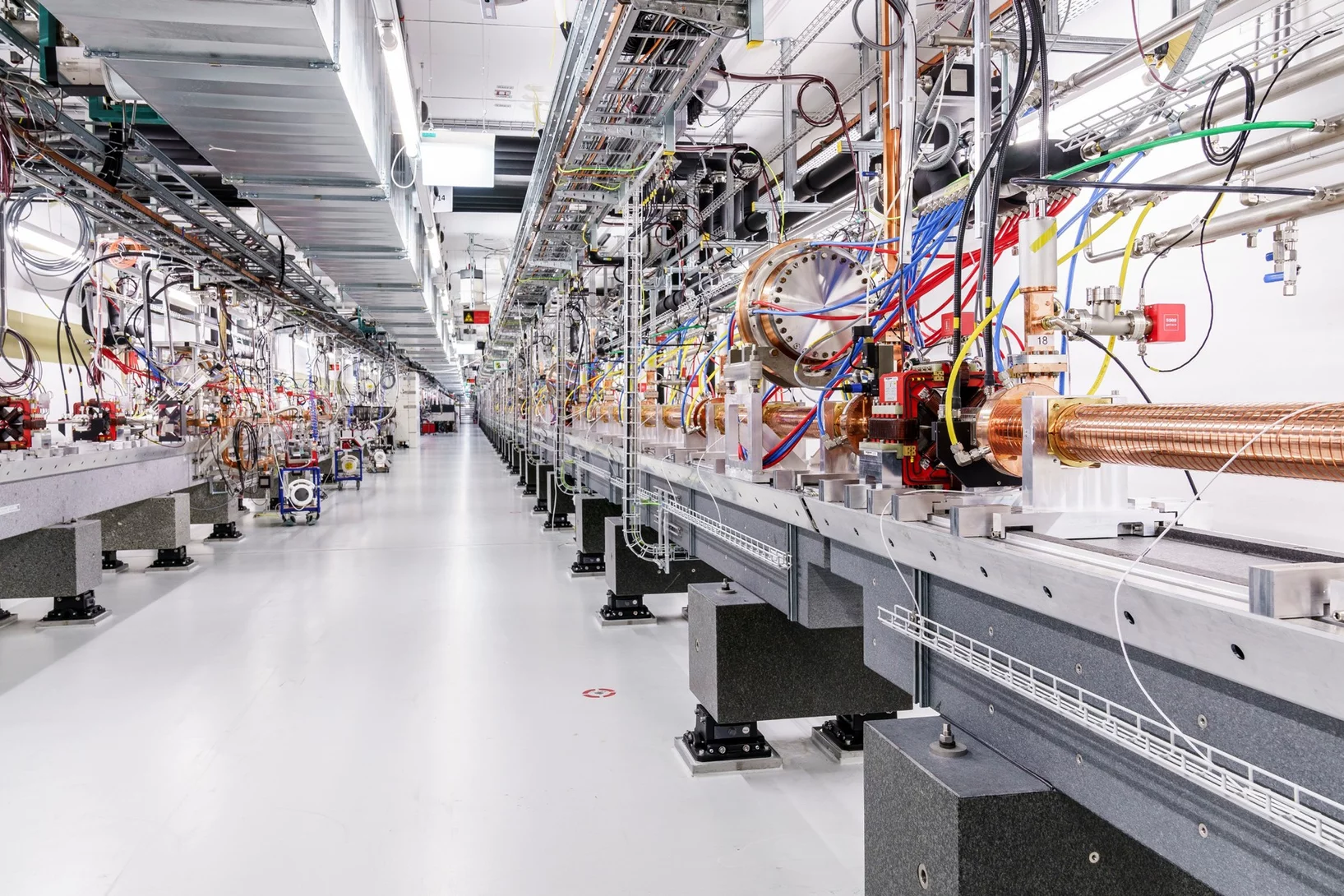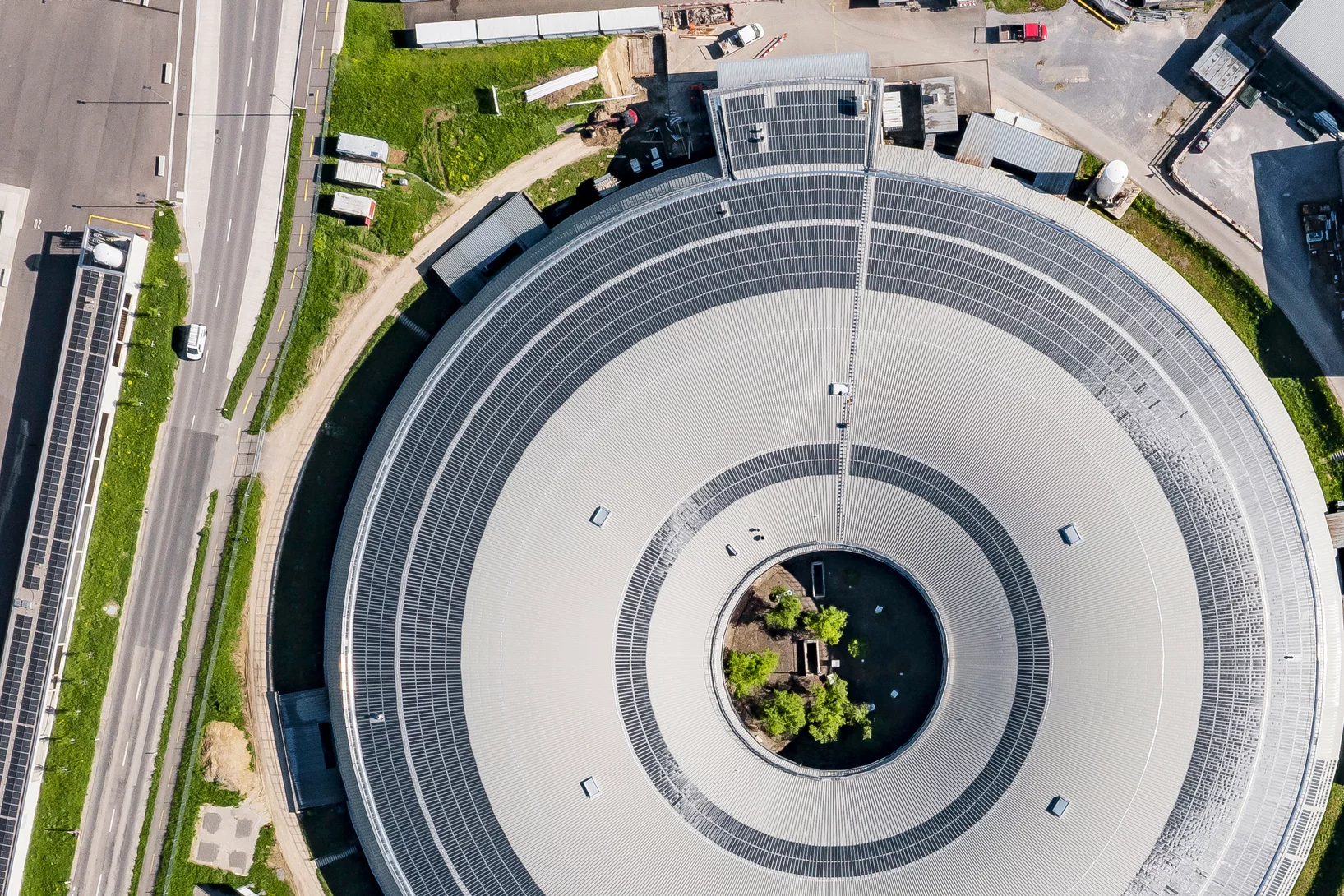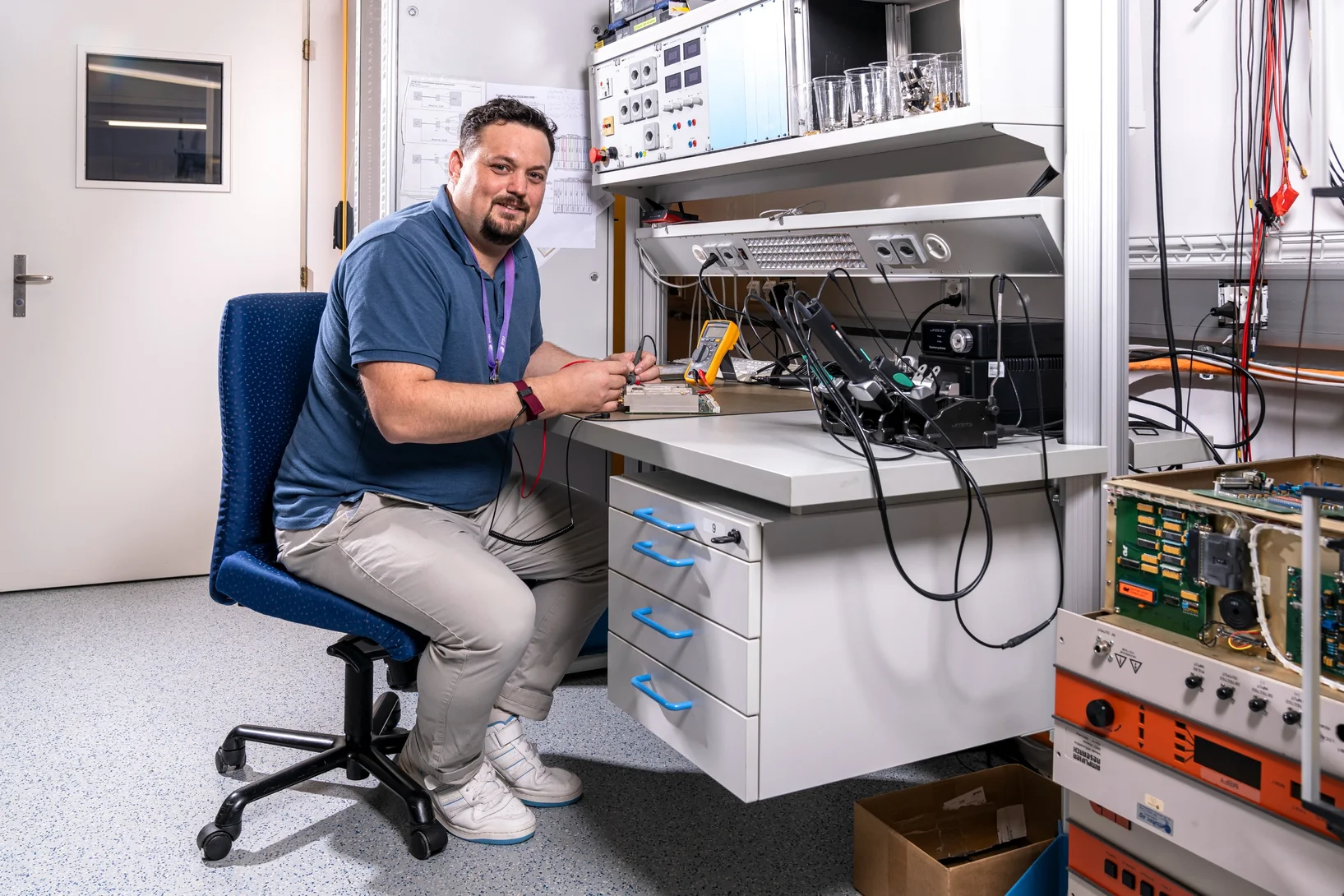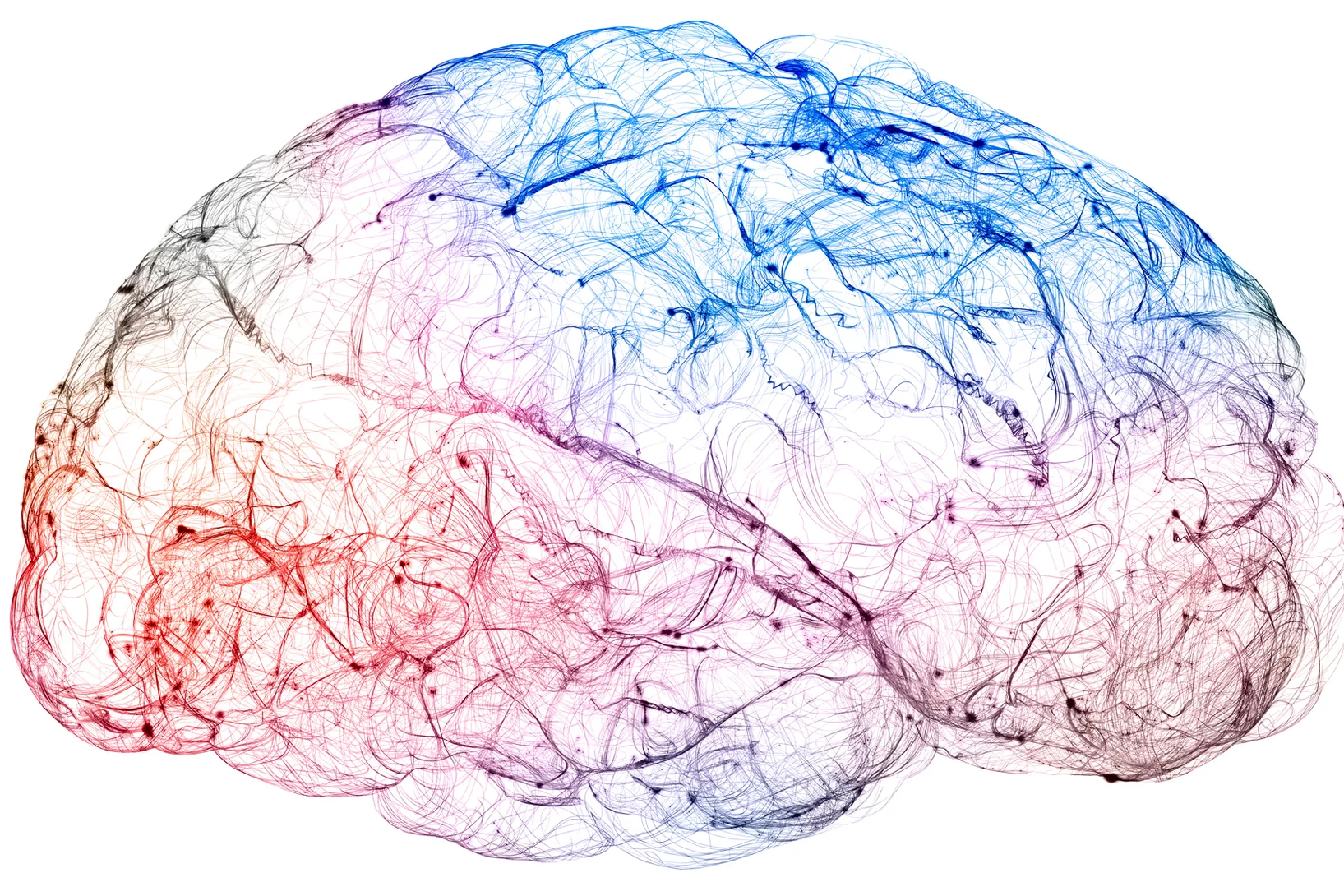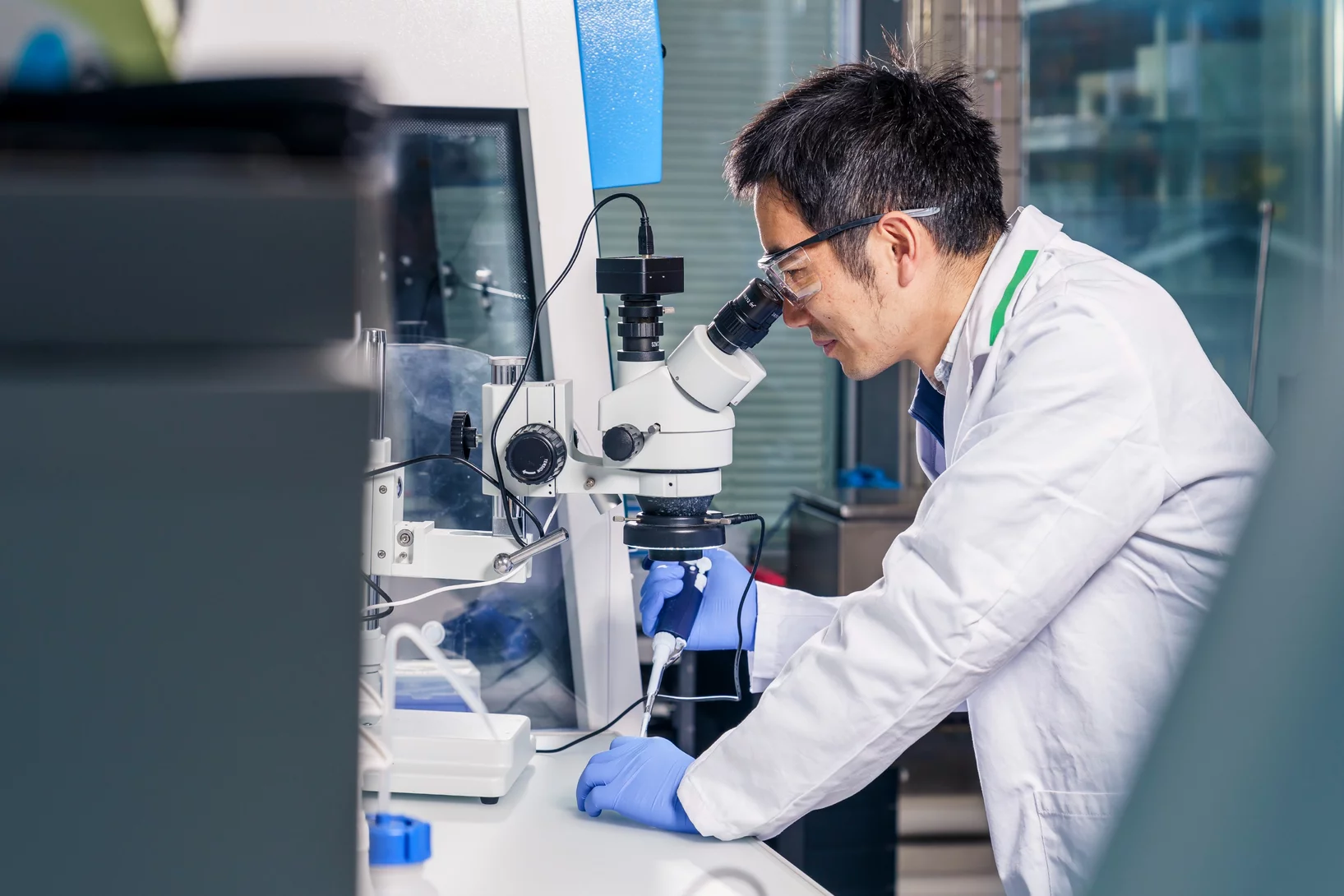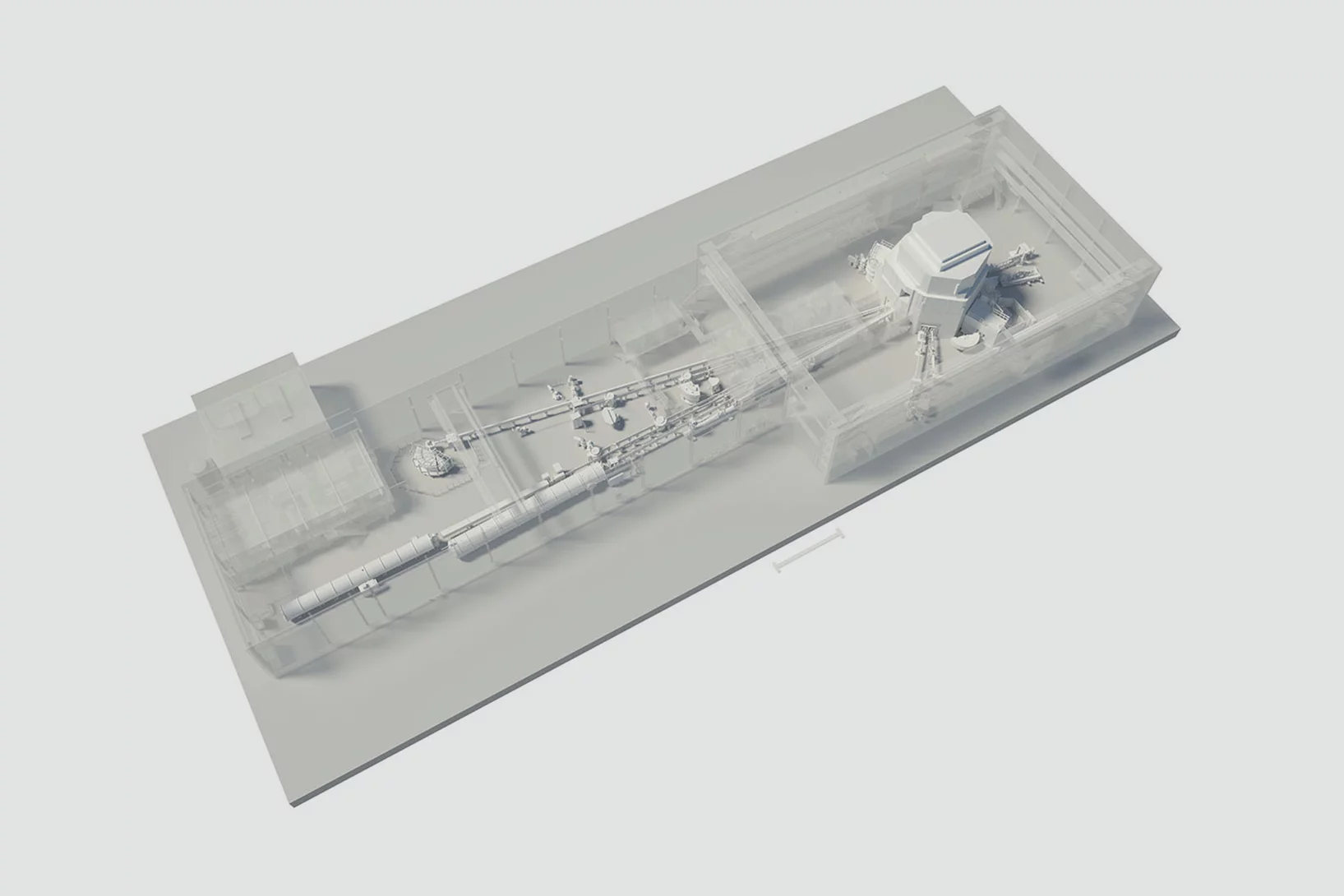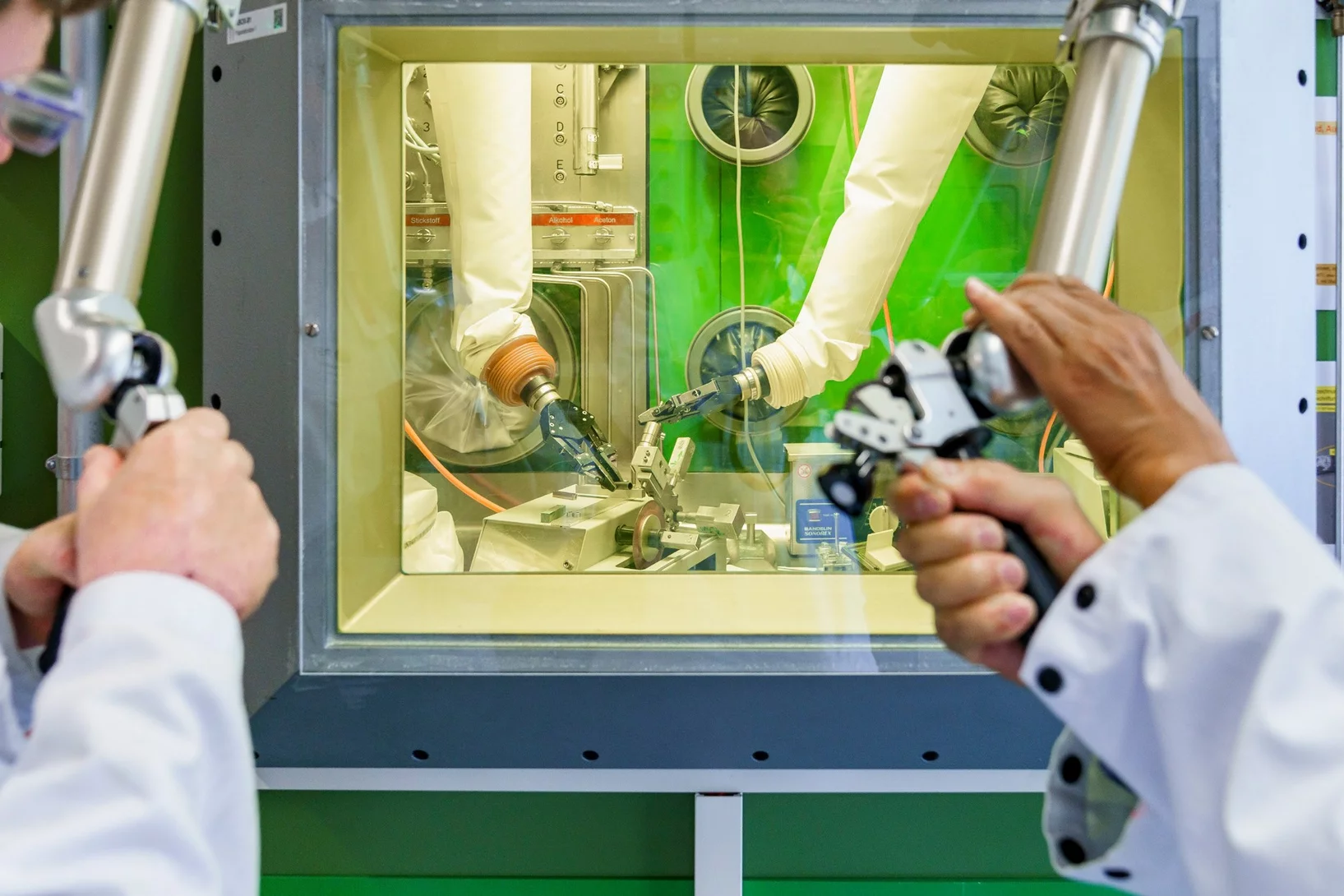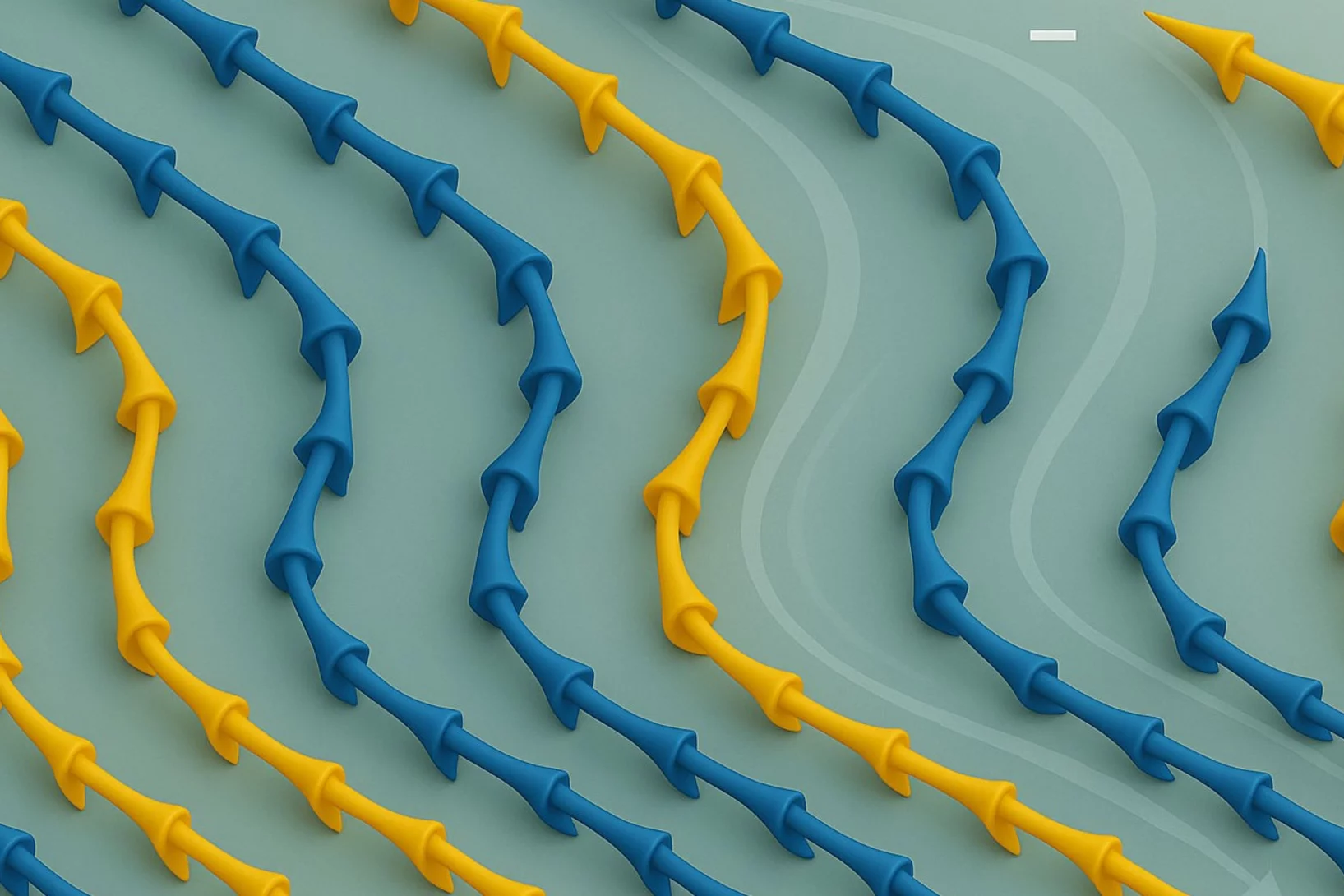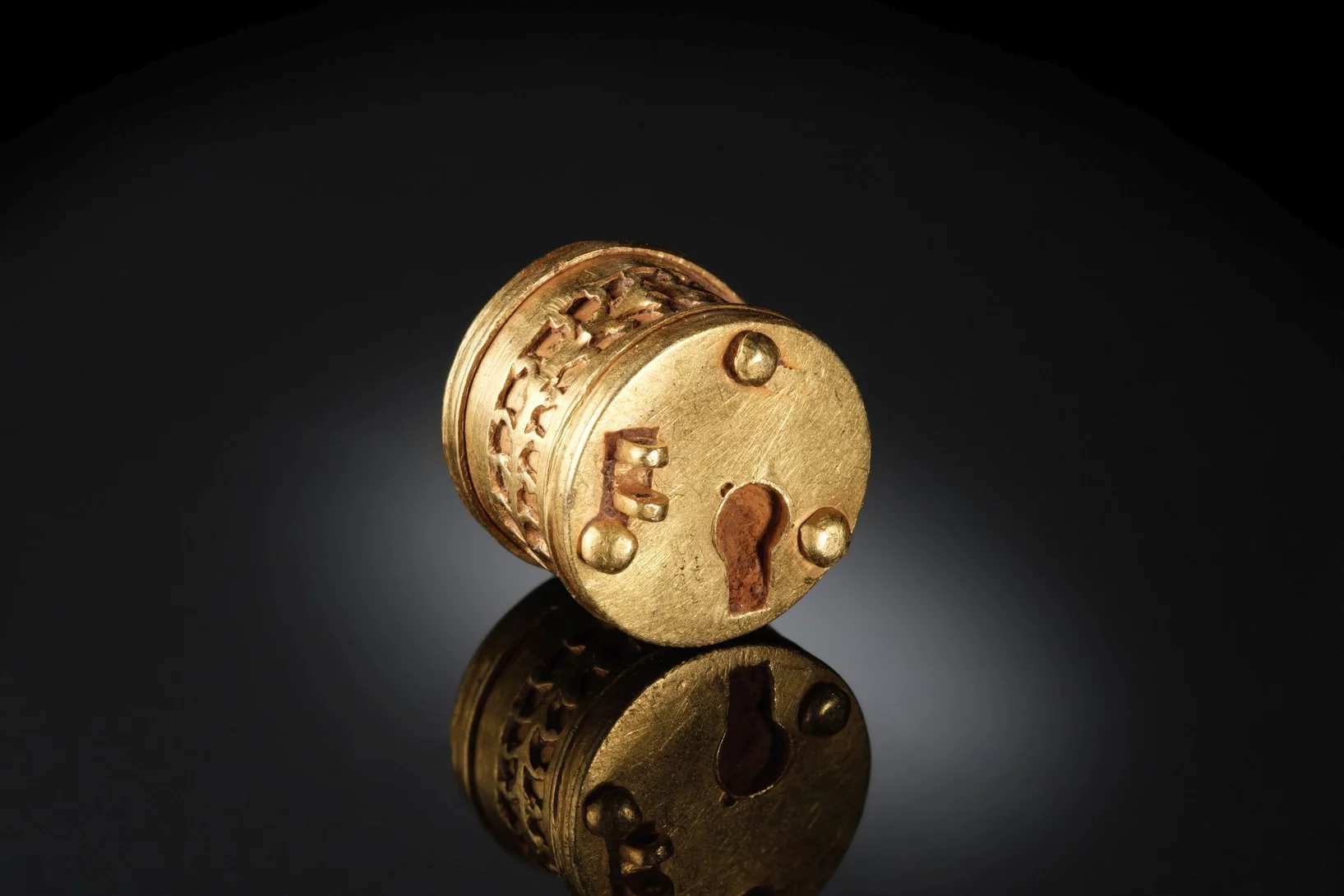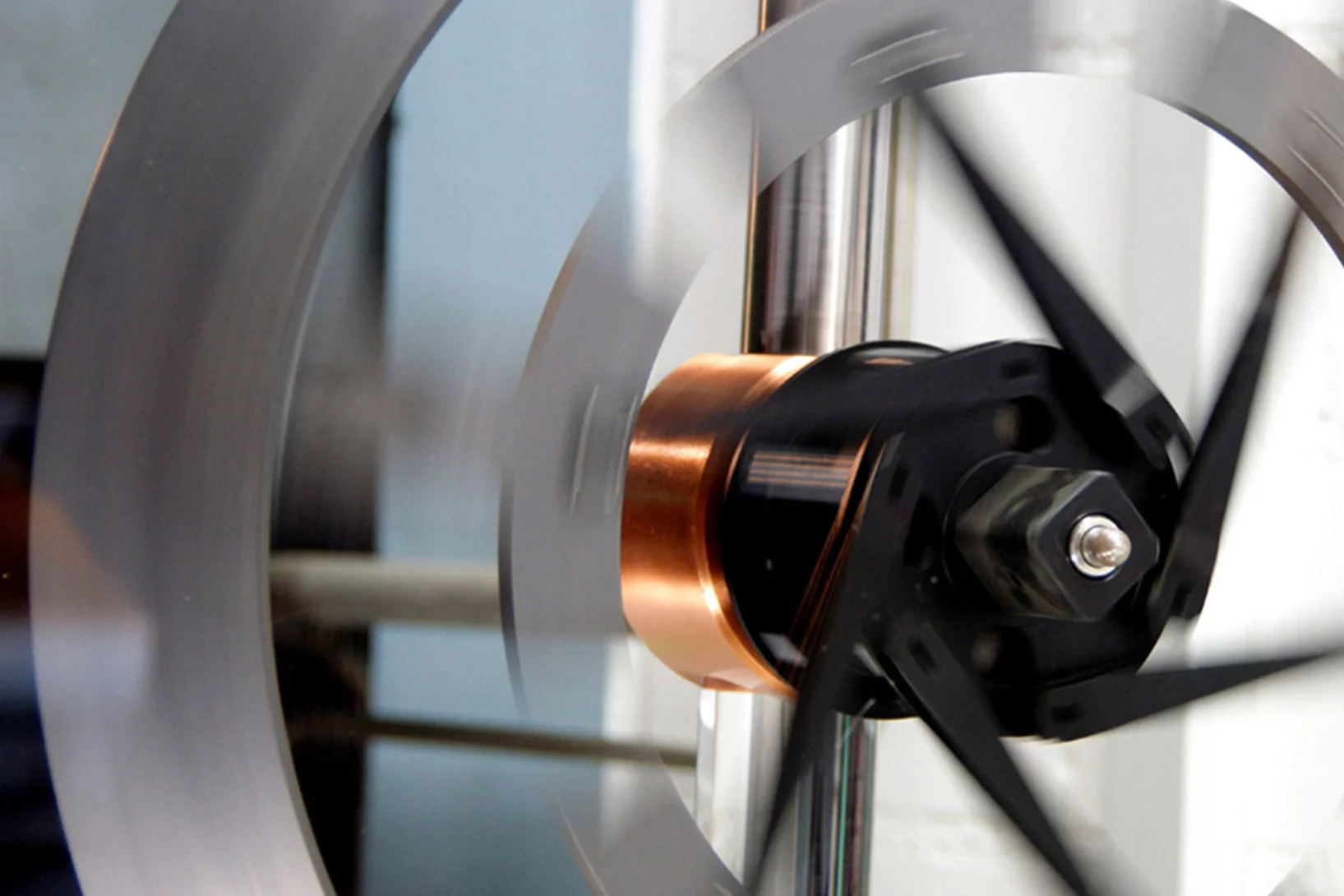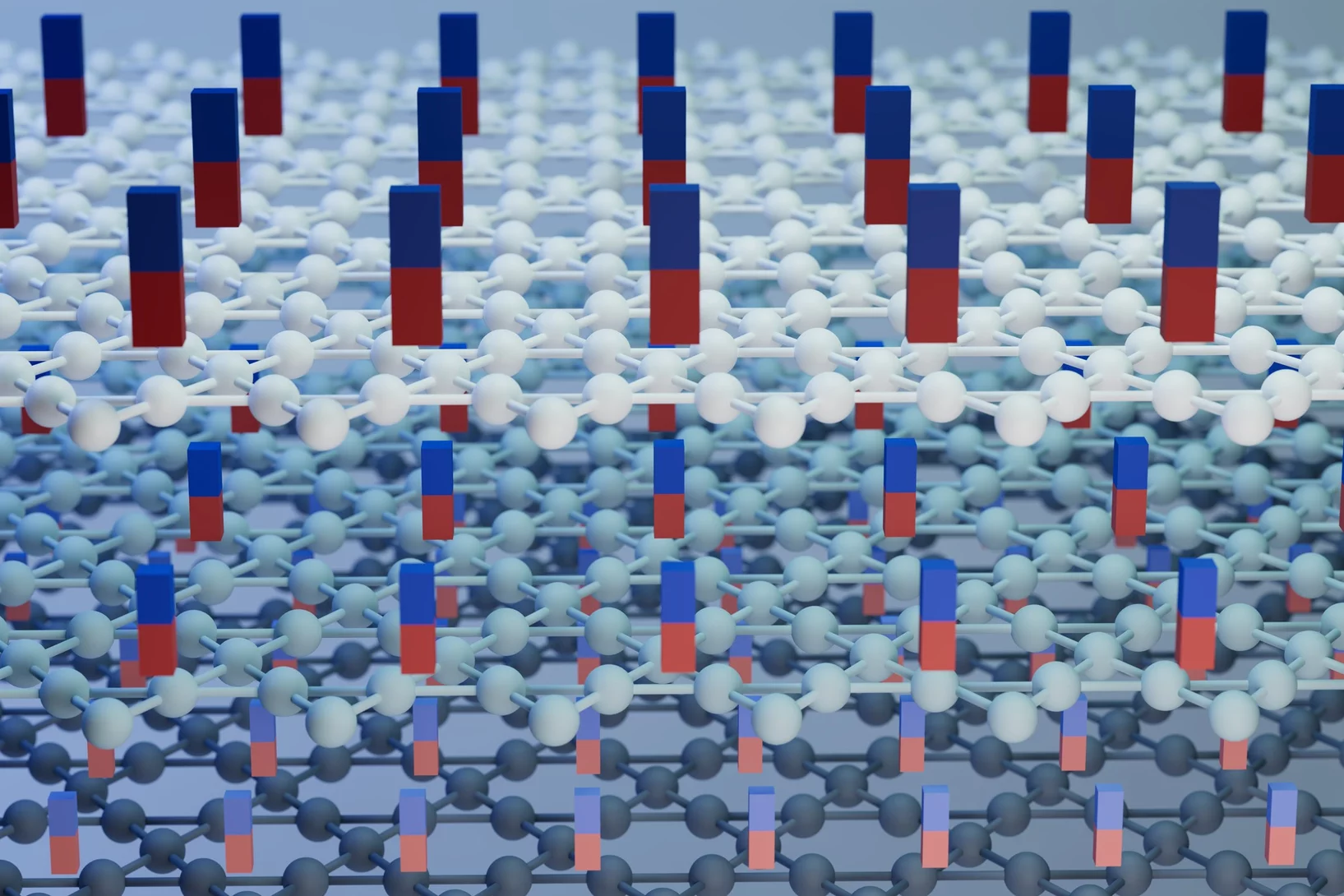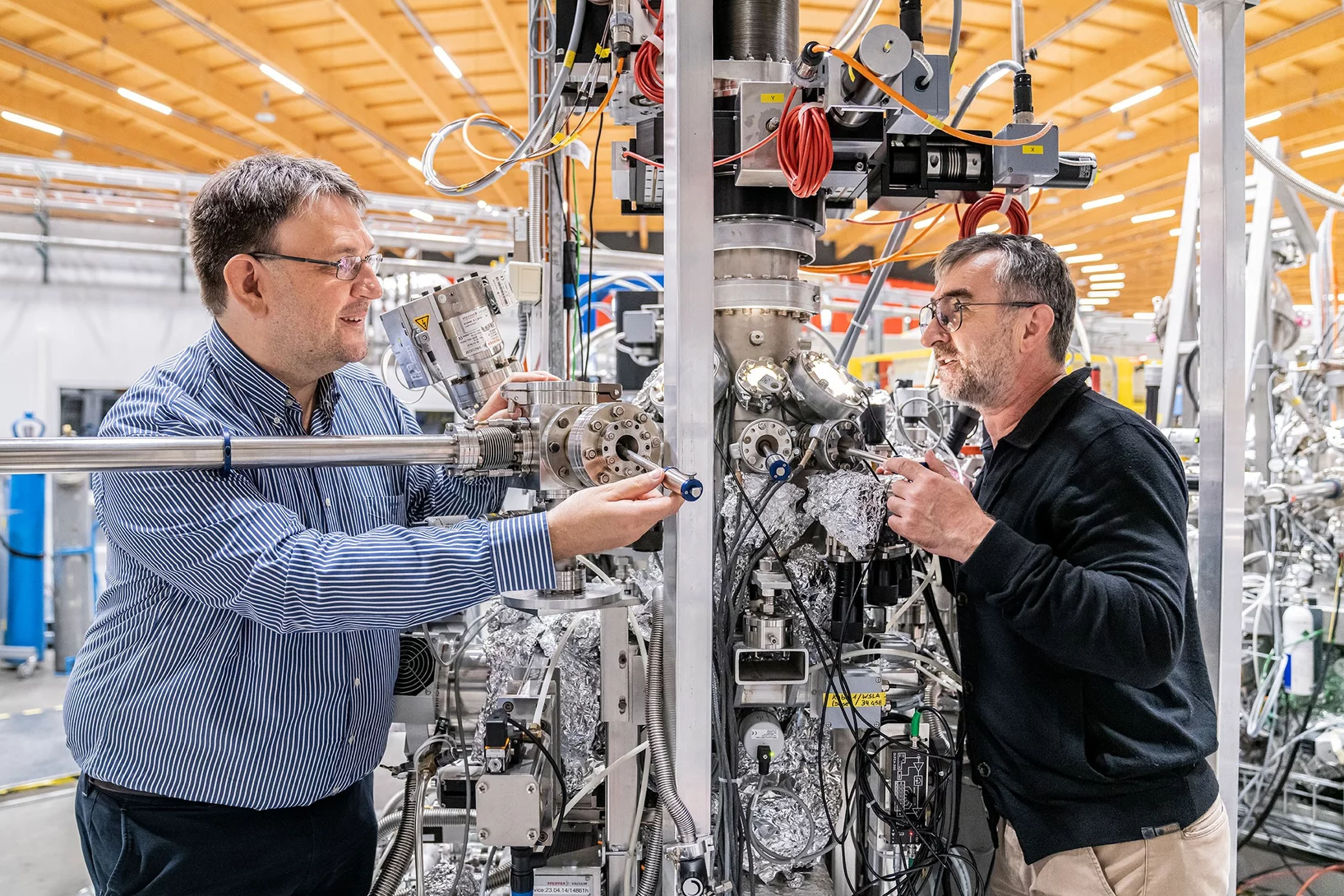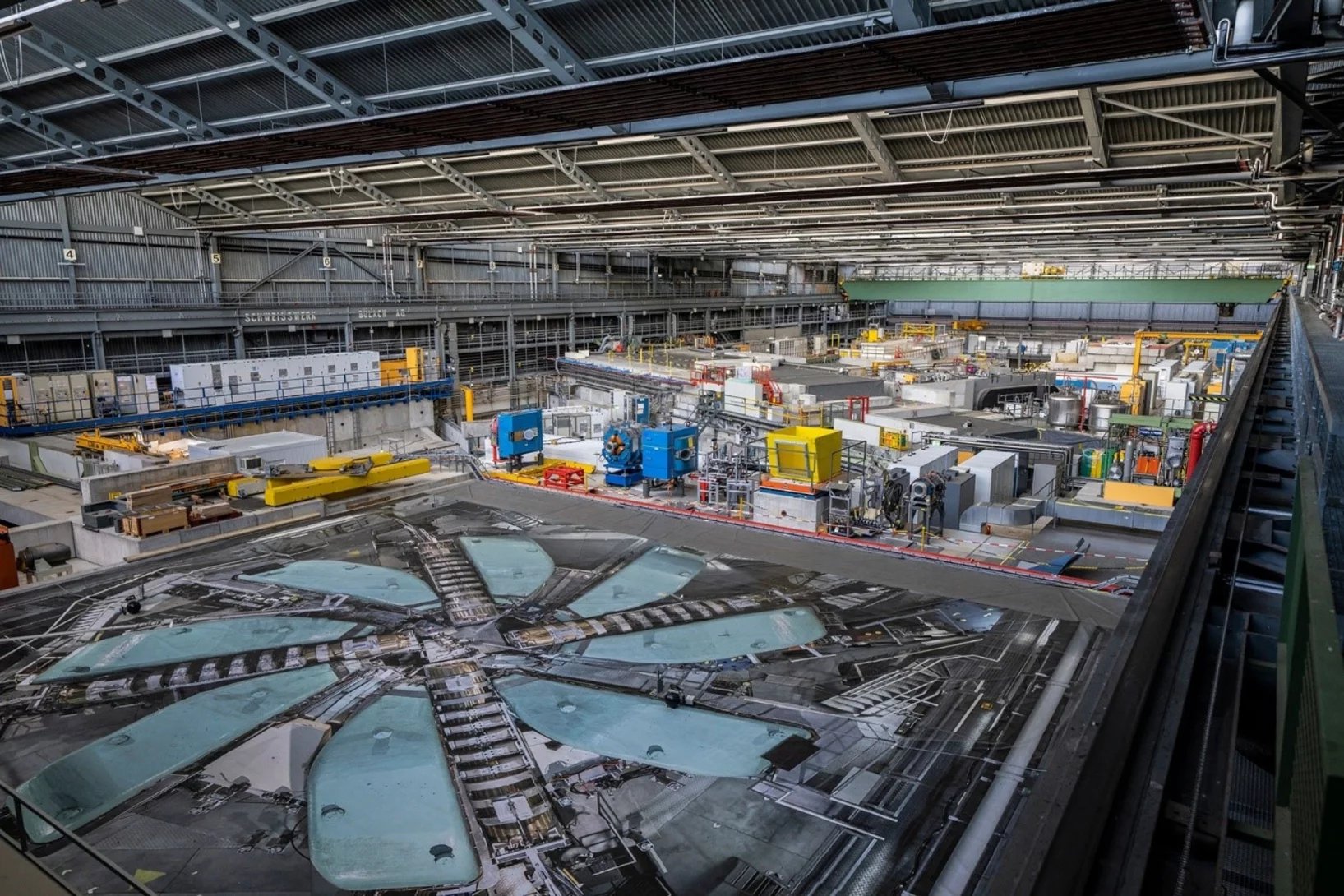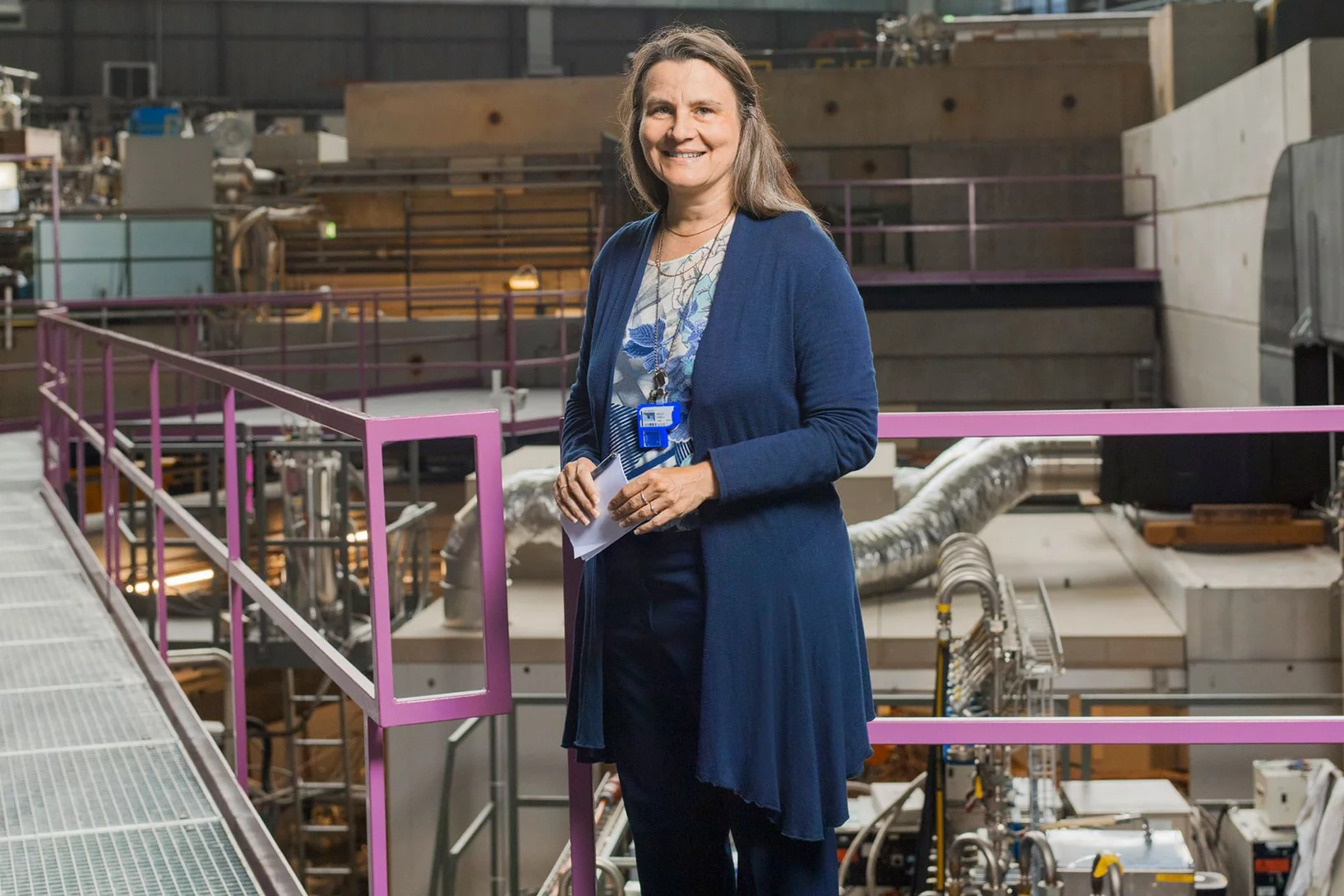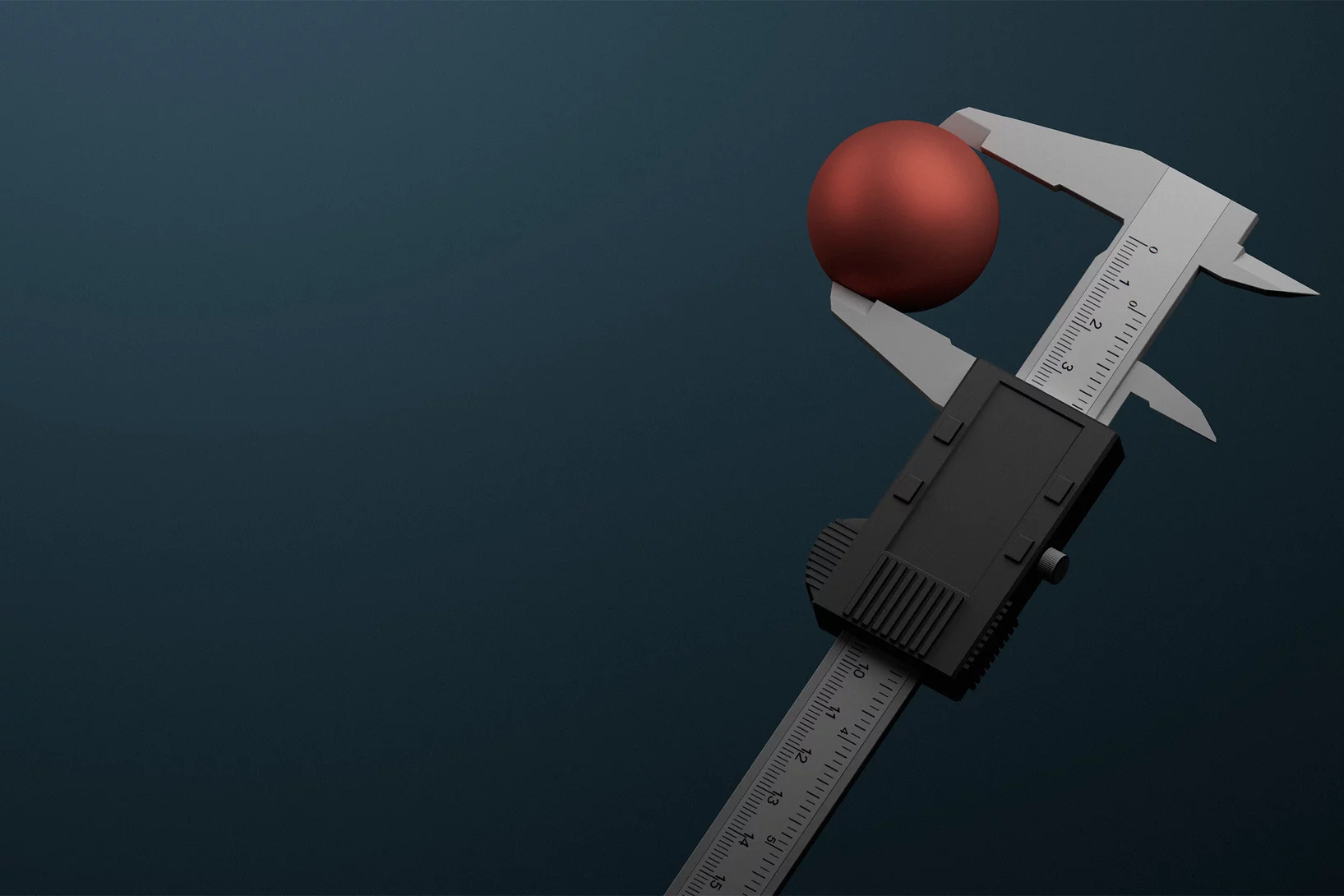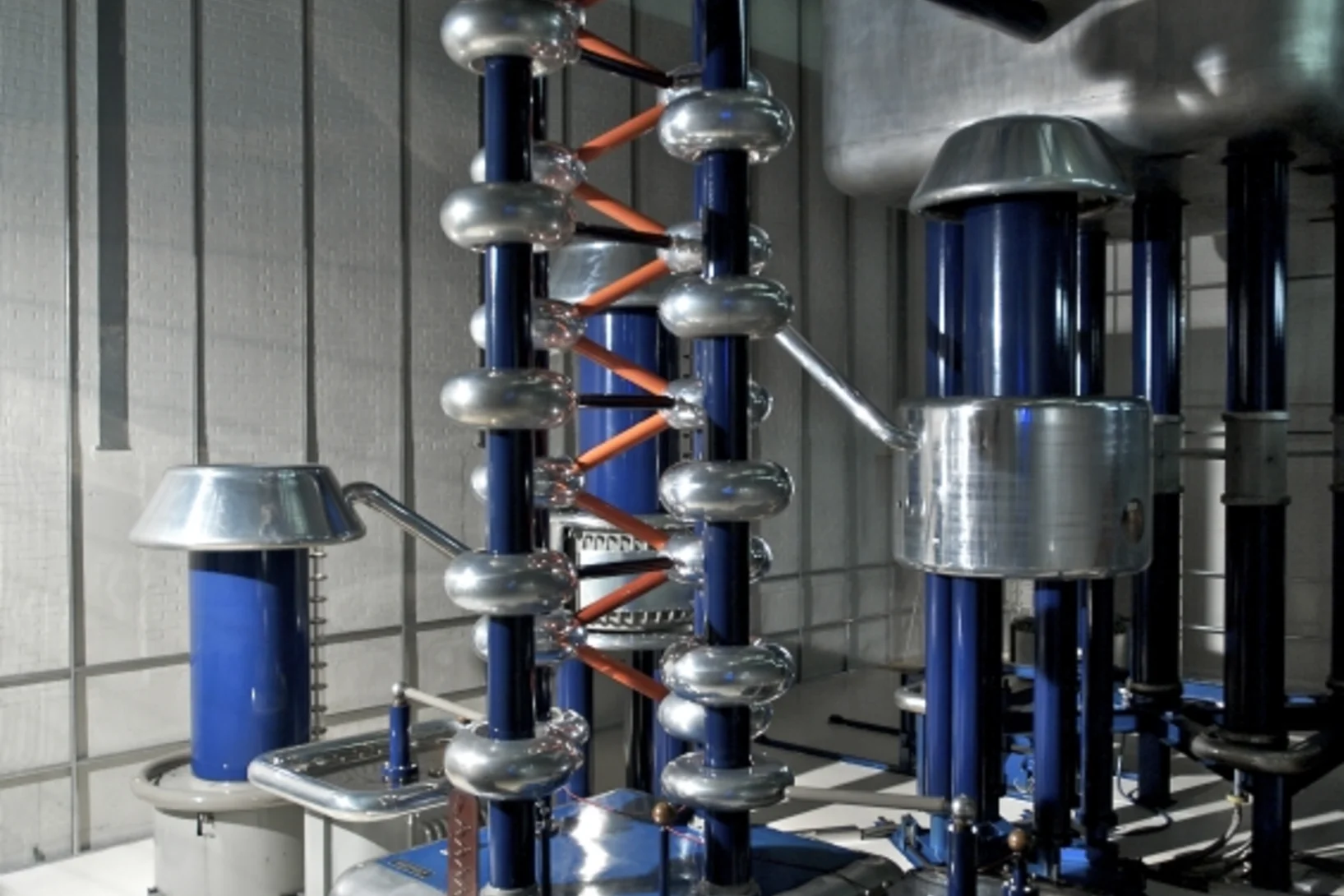Das PSI betreibt mit der Synchrotron Lichtquelle Schweiz SLS, dem Freie-Elektronen-Röntgenlaser SwissFEL, der Neutronenquelle SINQ, der Myonenquelle SμS und der Schweizer Forschungsinfrastruktur für Teilchenphysik CHRISP wissenschaftliche Grossforschungsanlagen, die aussergewöhnliche Einblicke in die Vorgänge im Inneren verschiedener Stoffe und Materialien bieten. Diese Anlagen sind in der Schweiz einzigartig; einzelne gibt es weltweit nur am PSI.
For researchers
Synchronising ultrashort X-ray pulses
Attosecond coherent pulses at SwissFEL will open new experimental possibilities
Disorder begins at the surface of quantum materials
Ultrafast X-rays from SwissFEL reveal unexpected light responses in quantum materials.
Peering into matter with ultrashort X-ray ripples
An all-X-ray transient grating experiment allows scientists to study the dynamics of quantum particles at the nanoscale.
For researchers
Ingenieurskunst und Ausdauer
Dass das grosse Upgradeprojekt SLS 2.0 im Zeitplan gelang, lag auch an einem Team von engagierten Elektroingenieuren.
Hochauflösende Gehirnkartierung dank Röntgenlicht in Reichweite
Ein Durchbruch bei einem bildgebenden Verfahren könnte die Verbindungen innerhalb des Gehirns in bisher unerreichter 3D-Auflösung sichtbar machen.
Wie das Prinzip von Käsenudeln gegen Alzheimer hilft
Forschende des PSI haben zelluläre Mechanismen entdeckt, die helfen könnten, Krankheiten wie Alzheimer oder Parkinson einzudämmen.
For researchers
Latest News
Predicting component lifetimes in nuclear facilities
For 30 years, experiments have been providing unique insight into how metals and ceramics degrade under high-energy proton bombardment.
Steering magnetic textures with electric fields
Neutrons reveal a new way to control magnetism at the nanoscale
Ein goldener Winzling aus der Römerzeit
David Mannes vom PSI lüftete mithilfe von Neutronen das Geheimnis eines faszinierenden archäologischen Fundstücks.
For researchers
Latest News
Together for Science with Neutrons, Muons and X-rays
Strategic partnership between research facilities in UK and Switzerland will create new capabilities to address global challenges using neutrons, muons and X-rays.
Kagome breaks the rules at record breaking temperatures
Discovery of quantum phenomenon at accessible temperatures could be useful for quantum technologies.
Magnetismus in dünnen Schichten: Ein Elektron macht den Unterschied
Ein wichtiger Schritt zu neuartigen Computerspeichern
For researchers
Neue Massstäbe in der Kernphysik
Mit bislang unerreichter Präzision: PSI-Forschende vermessen den Kernradius von myonischem Helium-3 und stellen die Theorien der Atomphysik auf den Prüfstand.
«IMPACT ist für den internationalen Wettbewerb sehr wichtig»
Daniela Kiselev spricht über das geplante Upgrade an der Protonenbeschleunigeranlage des PSI.
Die Jagd nach dem Protonenradius
0,000 000 000 000 000 840 87 (39) Meter – diese erstaunliche Zahl fanden Forschende am PSI für den Radius eines Protons.


